How the Remote Team at Microverse Connects Students to Remote Opportunities
By Twist Team
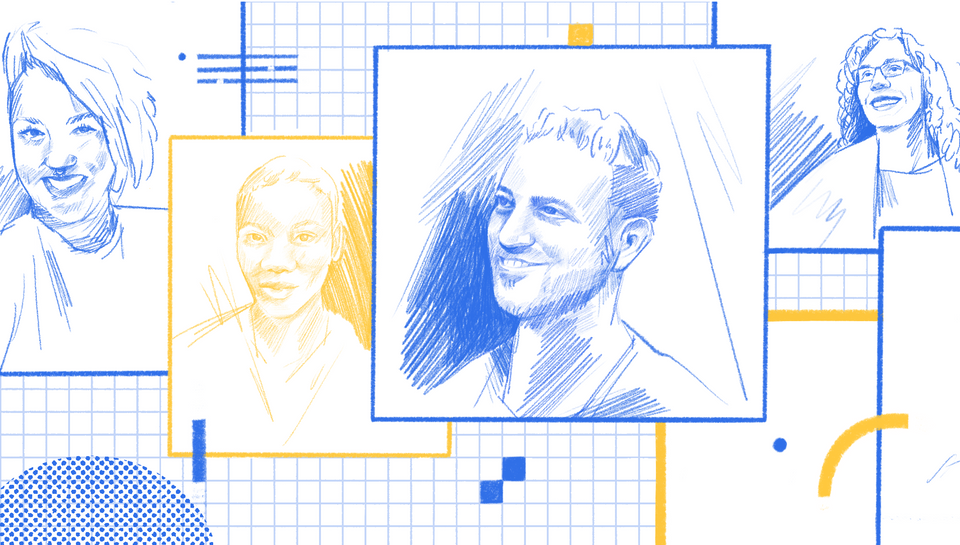
Student loan debt has reached an astronomical $1.6 trillion United States, and is a growing burden in other parts of the world as well. At the same time, many of these pricey degrees aren’t leading to good jobs, with underemployment a significant and ongoing problem for Millennials.
Microverse, a company training the next class of global software developers, is betting on a new model of education: what if students didn't pay tuition until they were actually hired? It turns out, when incentives are aligned and schools adopt the risk that students traditionally take on, magic happens.
Since 2017, Microverse has trained over 400 students from 100 countries for global opportunities at big companies like Microsoft and startups across North America and Europe. The goal is to give anyone, no matter where they live, access to a life-changing job.
“Opportunities in life shouldn’t be limited to where you are today and where you were born,” says Ariel Camus, the founder and CEO of Microverse, itself an all-remote company. “It’s not just technical training, it’s a global citizenship.”
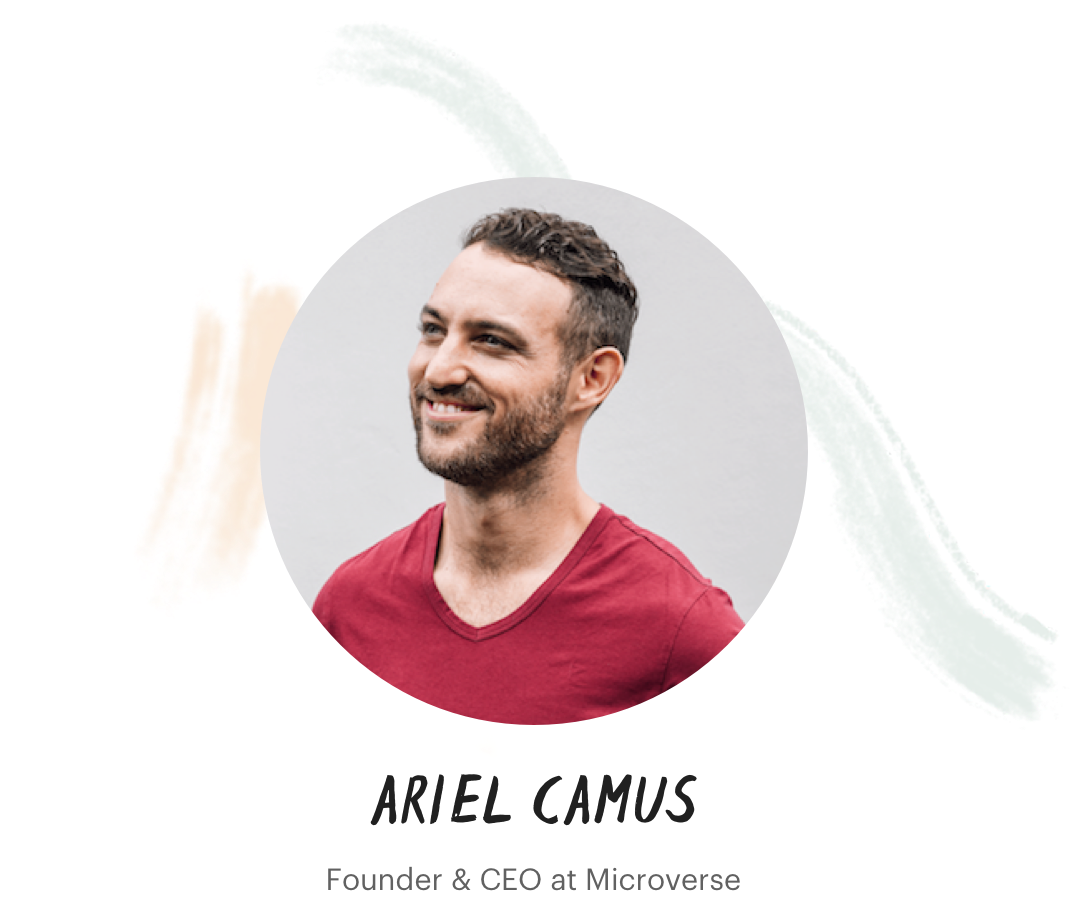
Connecting people to remote jobs is more important than ever, with growing job loss as well as the swift transition to remote work in light of the COVID-19 pandemic. At the same time, running an all-remote organization dedicated to training and making professional connections across the world poses many challenges:
- Building and maintaining team cohesion
- Navigating time zone differences
- Documenting policies and practices
Promoting the core values of transparency, trust, and autonomy through strong day-to-day communication is the glue that holds this all together. That’s why Microverse chose Twist as its team communication tool of choice.
Connecting top talent to top companies across borders
Ariel’s idea for Microverse started during a month-long break he took from his work in San Francisco to volunteer as a computer science teacher in Burundi: “I was meeting people who were so passionate, so determined, but when we talked about potential job opportunities I constantly heard things like ‘I’m going to be managing the local cybercafé of this town.’" He thought back to San Francisco, where everyone was “going crazy to find great developers.”
He drew a connection with his own story: when he was twelve, he and his family had moved to Spain from Argentina because of the country’s financial crisis.
When Ariel got back to the Bay Area, he started working for Lonely Planet, which had acquired a company he founded in university, TouristEye. For the first time, he managed a team that was fully remote. He drew inspiration from a mentor, Sid Sijbrandij, the Founder and CEO of GitLab, a fully remote company.
“I realized: this remote work thing is here to stay. And it can help fix the problem I’m seeing. It can help build a bridge between talent and opportunities,” says Ariel.
When he started Microverse, with backing from YCombinator, he wanted to avoid a common problem of remote education: low completion rates that hovered around 5-15%.
To do this, the company reimagined the online learning experience, from focusing primarily on content — which is available freely because of the internet — to building what they thought was missing: the kind of environment that keeps students showing up.
Students are encouraged every day, through accountability mechanisms like deadlines, tests, and mutual support from peers. They learn collaboratively through “pair programming” as if they were working in a real company in real time, using Zoom standup meetings with their classmates. Microverse is also highly selective, admitting 20 to 80 students per cohort, a fraction of the 10,000 applications they receive for each nine-month session.
After they graduate, Microverse works with students not only to find their first job but their third and fourth too — often remote jobs but sometimes global relocations or opportunities available locally.
So proud to see one of our first students at Microverse become a Microsoft software engineer. From Microverse to Microsoft! 🙌 https://t.co/sfpqf5mq8w
— Ariel Camus (@arielcamus) June 25, 2019
“The partnership teams and career coaches are a resource to graduates for the rest of their lives,” says Ariel.
Microverse even uses a different metric than “graduation rate” to measure the success of their program: the percentage of students who have a job after 12 weeks — which is 78%, and was 85% before the pandemic. They’ve also earned rave reviews from students.
A strong culture of remote collaboration
Reflecting Microverse’s mission of hiring top talent from around the world, its 23 team members are based in Argentina, Canada, Croatia, England, Mexico, Nigeria, the Philippines, Poland, Spain, and the United States.
Microverse is organized into teams that reflect all the ways they work to help students learn about the program, teach them the curriculum, and support them with job placement: Marketing, Admissions, Learning, Student Success, Career Services, and Partnerships.

To promote student success, build team cohesion, and encourage growth in this diverse and far-flung group, Microverse has developed a strong culture of communication, underscored by three values: autonomy, transparency, and trust.
Team members are given a lot of autonomy to experiment and focus on tasks with the greatest impact, says Ariel: “We realize that making mistakes early and often, particularly when taking on new projects or adapting to new circumstances, is how you find a better way of doing something.”
This means team members don’t have to wait for a response every time they’re looking to move forward on something, says Ariel: “We cannot depend on each other to make decisions all of the time, because across time zones, that’s really slow.”
Inspired by other remote SaaS companies like Doist, GitLab, and Buffer, Microverse is committed to transparency about salaries, conversations with investors, and their financial situation, among other things.
Going hand in hand with autonomy and transparency is trust, says Ariel: “A healthy culture of trust does not come from keeping tabs on what everyone is doing at all times. Rather, it’s about having confidence that team members will keep doing the things they’re supposed to do.”
Fostering transparency, autonomy, and trust with Twist
To adhere to its values, Microverse has given a lot of thought to how they communicate as a team. Initially they used Slack as their team communication tool but quickly found it was hard to keep up with chats and chaotic for keeping information organized.
“There was a lot of anxiety about ‘I don’t know what I’m missing, I don’t know which messages apply to me,’” says Ariel. When they switched from Slack to Twist, “the results were like night and day.”
Ease of search and asynchronous design promote autonomy
At Microverse, the ease with which people can independently search and find what they’re looking for in Twist helps promote a culture of autonomy.
So does the tool’s design, which encourages asynchronous communication. Teammates are free to send questions to each other, move on to other work, and check back for a response later. In Twist, there’s no green or red dot indicating whether or not someone is in the app so there’s no subtle (or not so subtle) pressure to stay online. And because of how conversations are organized, it’s easy to come back to them hours after they’ve happened, or the next day, and catch up without becoming overwhelmed and confused.
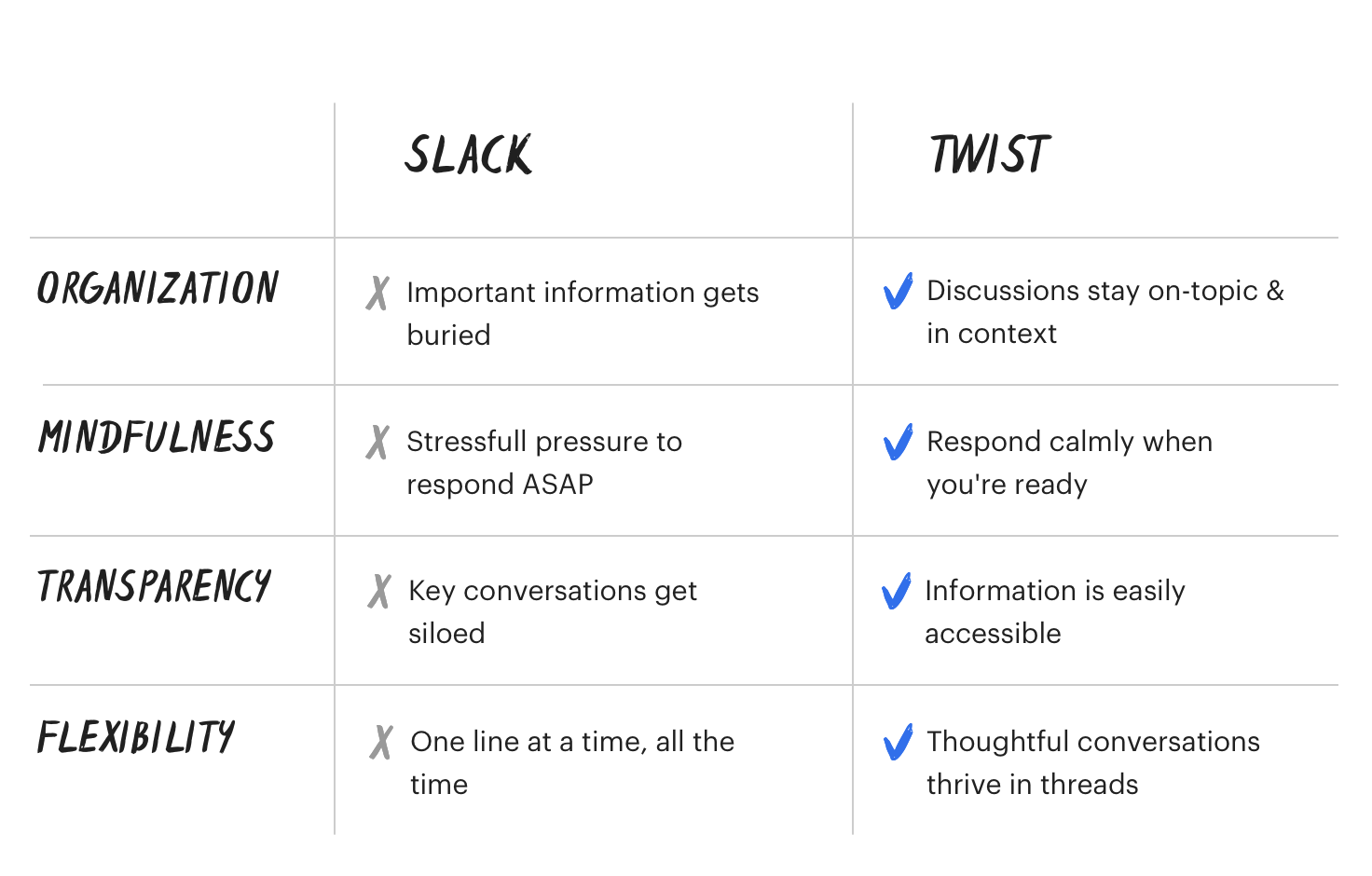
Easily documented conversations help maintain transparency
Twist is also one of the tools Microverse uses to maintain transparency, through “obsessive documentation,” of meetings, conversations, decisions, and action items, which is built into the company’s day-to-day practices. Unlike email, all of these conversations are accessible to anyone on the team at any time.
In Slack, it was hard to organize and find conversations based on a given topic. In Twist, Microverse can organize its communication in channels, corresponding to each team, and to areas of significance like Data Science and Curriculum. Within those channels, there are threads on more specific topics like “Bootstrap projects” and “Public curriculum page.”
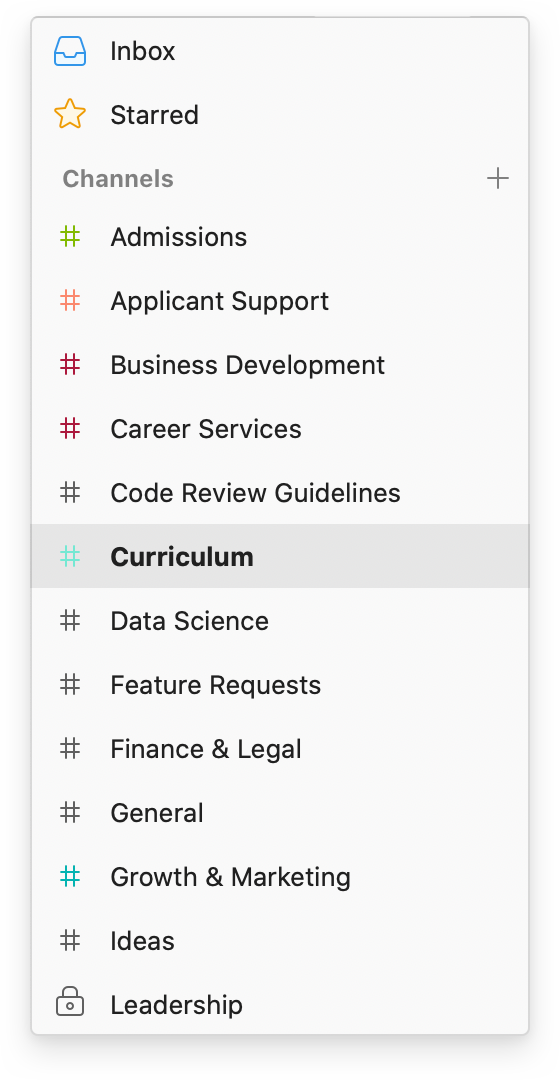
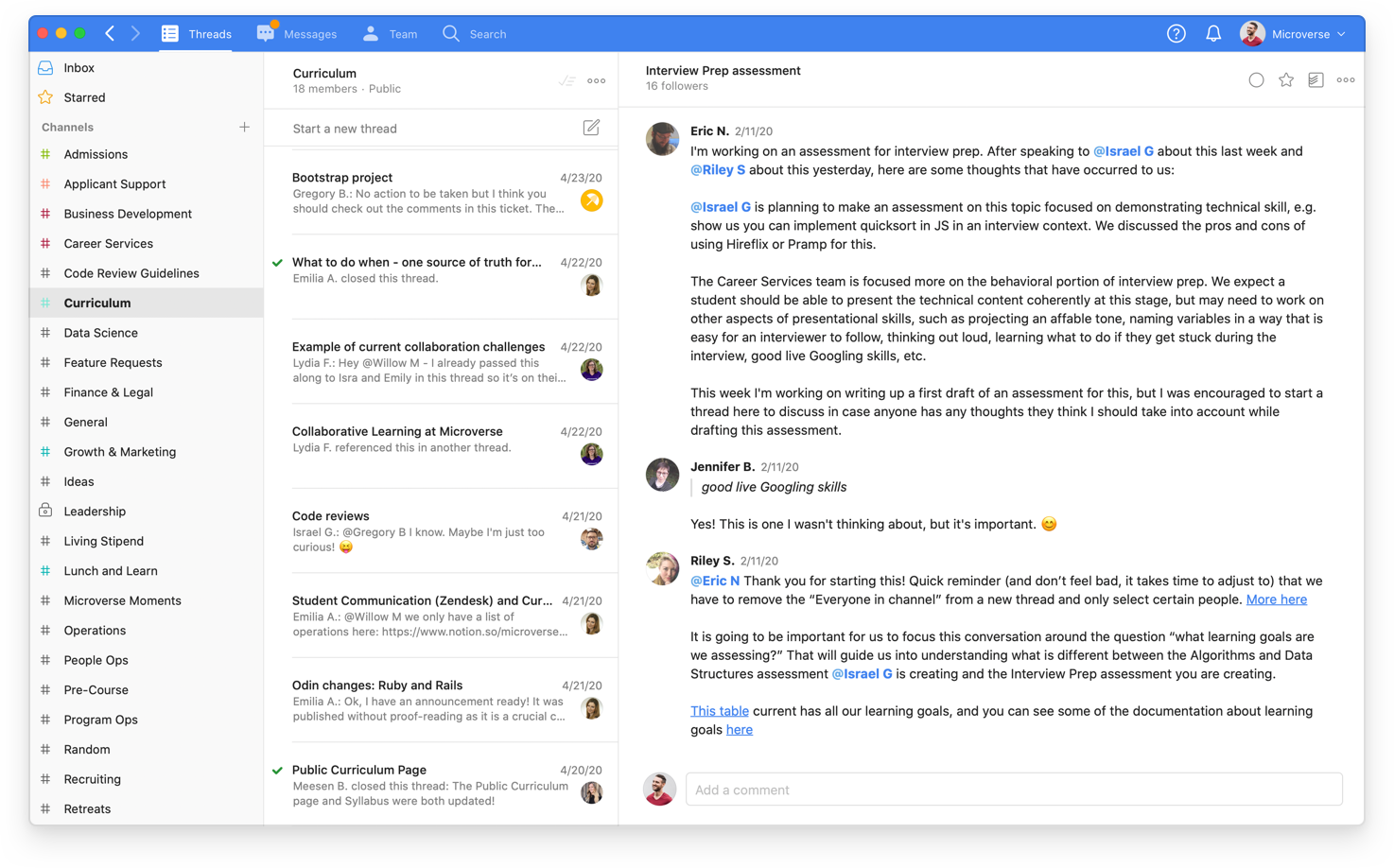
Team members are encouraged to keep documentation up-to-date and reply to questions with links to documentation rather than reexplain things. Teammates simply link to a section in Notion, the team wiki tool that Microverse uses to document company policies and practices, or a Twist thread that preserves the full context of conversations and decisions. This limits the amount of new content people have to keep up with and keeps policies streamlined.
It’s easy to search for whether a topic already has a thread before starting a new one, which also cuts down on duplication and the amount of information people have to keep up with.
The goal is to save time and avoid reiterating processes that have already been documented says Ariel: “One of the principles is to make writing documentation not feel like writing documentation.”
Taking time off from team communication tools to check in and encourage serendipity
Although there is a lot of organization and thought that has gone into Microverse’s approach to communication, they try to encourage “serendipity” — knowing that often creative ideas come about by chance. To do this, they take time away from their asynchronous communication tools like Twist for relaxed face-to-face interactions.
On Fridays, they have what they call BBBB — beverage, brag, beg, and blunders. The beg is a tongue in cheek reference to begging for patience, luck, or help with anything a team member is working on — in line with their encouragement of autonomy.
Microverse’s tips for using Twist
Over their years of using Twist, Microverse has developed some best practices:
- Share Twist threads for documentation and context. If a team member is asked to answer a question that has been settled in the past, or needs to provide context on a decision or project, they can easily search in Twist and share a link back to the relevant thread.
- Make channels open to everyone. Twist allows admins to decide who has access to threads. To encourage transparency, Microverse keeps all of its channels open to all members of the team.
- Organize channels by team. Microverse organizes its channels by teams — for example, they have a channel for Operations, Marketing, and Admissions. There is also a channel shared by the leaders of each of the teams.
- Be intentional about who you include in a thread. To reduce noise, and limit the amount of messaging to only the people who need to be involved, team members are asked to be intentional about who they add when creating new threads. To do this, Ariel suggests unchecking everyone at first when creating a new thread, and then adding people one by one.
- Mention people only for an action item. Everyone at Microverse is encouraged to @mention a teammate only if there’s an action item assigned to them — to reduce the number of notifications people receive.
The changes brought on by the global pandemic have made clear the importance of the principles Microverse has long been committed to: connecting talented people to global opportunities. Working daily to fulfill this mission has been an education in itself on the challenges and opportunities that arise from distributed collaboration and the importance of strong communication.
“Coronavirus is making it evident that we are more connected than ever before, and we need solutions that require collaboration,” says Ariel. “Challenges are going to be solved by people collaborating across nations, religions, all kinds of frontiers.”
You don’t need to use Twist to get a ton of value out of this newsletter and community. But if the topics we talk about resonate with you, there’s a good chance the app will too. See what makes Twist different →
🌎 Built asynchronously by the fully remote team at Doist
